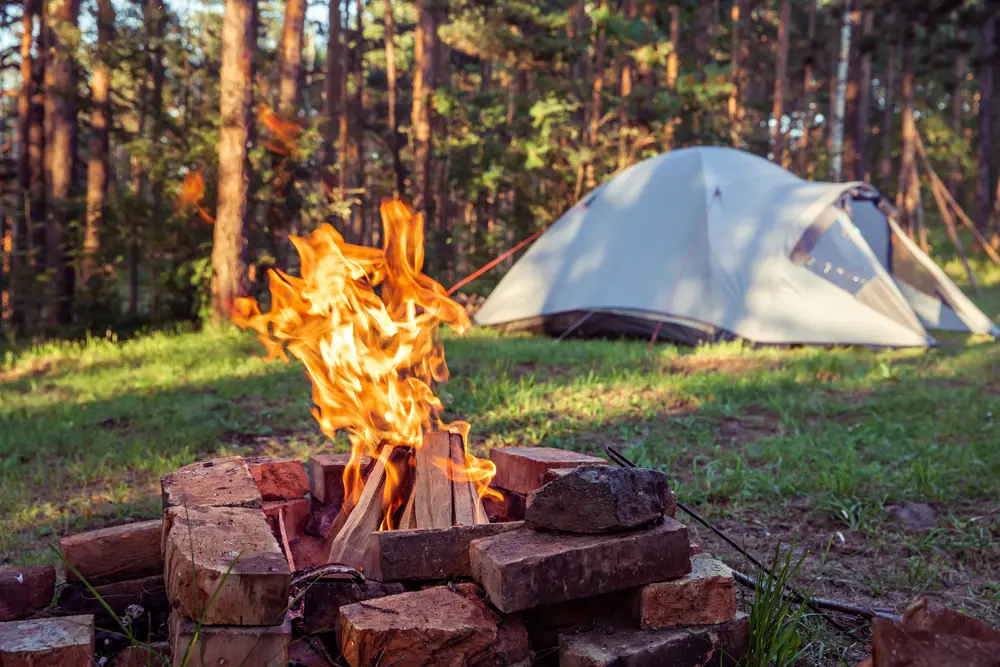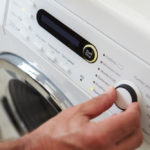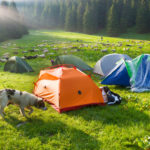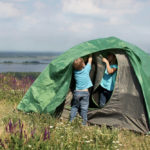For outdoor enthusiasts, camping is an enjoyable experience, however, as the cold evenings approach and you prepare for bed, you may be wondering how you can heat your tent to prevent these colder temperatures from affecting your experience.
There are several ways of heating a tent, some that involve access to an electric hookup and others that do not. The way that you choose to heat your tent will depend on its size and the volume of people occupying it.
It's important to remember that your tent is made from a thin layer of material that is responsible for separating you from the cold outdoors, so you may need to combine a few heat sources to maintain the warmth.
A tent heater provides one of the most convenient options for heating your indoor space. It is important to ensure that you take precautions when using a tent heater to avoid potential risks.
A heater will project the heat with speed, so you will not have to wait a long time for your tent to warm up.
There are a few different models of heaters available; this includes an electric fan heater, an electric halogen heater, an electric radiator, or a ceramic heater, etc.
If you do not have access to an electric hook-up or you do not have a heater on hand, you can opt for many other safe methods that do not require power.

Table of Contents
Is there a safe way to heat a tent?
When heating your tent, it is important to be cautious. If you intend to use a heater, ensure that you adhere to the guidelines regarding how it should be used.
Remember that when all the doors are zipped up during the night, your tent becomes an enclosed space and although they have a ventilated design, if CO2 begins to gather it can become dangerous.
For this reason, gas-powered heaters are not recommended for indoor tent heating purposes due to the levels of carbon monoxide that they produce. You will find some heaters that incorporate an automatic shut-off function.
Essentially, the unit will automatically stop operating when the level of CO2 in the air has become dangerous. Electric-powered heaters are the preferred source.
A heater of this kind can be used to warm up the interior of your tent and does not present the same risks as gas-powered heaters.
Many of these units also have a thermostat that turns the unit off once a certain temperature is reached.
It is also worth positioning the heater slightly above the ground because in the event of a leak the unit isn’t going to be surrounded by water. Another reliable option is to use a candle heater.
They provide warmth without risking the safety of those inside the tent. Electric candle heaters do not present the same fire hazards as burning standard candles.
Though this type of heater may not provide the heat output to drastically raise the temperature of a larger tent, it is a viable option for those occupying a smaller space.
Regardless of the type of heater that you opt for, it is important to ensure that it is used safely and according to the safety instructions as this will help to avoid any accidents.
There are also ways of heating a tent without using electric or gas-powered units.
In fact, you can get rather adventurous regarding the alternatives that you opt for and there is flexibility regarding the resources that you use.
Some may prefer methods that do not use gas or electricity for greater assurance regarding safety.
How do you keep a tent warm without electricity?
Some pitches won’t provide tent users with an electric power source hence why alternative methods are required. In some instances, individuals may simply feel safer heating their tent without using electricity.
Insulation is key to generating heat. This can be done by layering the tent floor with mats to retain the warmth. It also means that you won’t be in direct contact with the tent floor.
Hot water bottles provide another effective option. Simply place the hot water bottle inside a sleeping bag to create additional warmth.
The effectiveness of this option depends on the quality of the water bottle as some will generate heat for hours, whilst others will struggle to maintain the warmth over a lengthy period.
Dressing appropriately is also crucial. Layering up in thermals and packing additional bedding will ensure that you are prepared for colder temperatures.
Furthermore, it is important to choose the appropriate sized tent. This is because a large tent that is occupied by few people will take longer to heat up.
Also, tents with separate sleeping compartments are preferable because the area is smaller and will heat up more effectively. Alternative options include a portable heater, hot stones, and careful positioning of the tent.
- Are Merrell Shoes Good? – An Unbiased Review of Merrell Footwear - December 9, 2023
- Where Are Merrell Shoes Made? - December 9, 2023
- Camping in 40-degree Weather: Tips and Tricks - September 25, 2023

![Does Columbia Omni Heat Work? [Is It Really Work?] Does Columbia Omni Heat Work? [Is It Really Work?]](https://grandcircletrails.com/wp-content/uploads/2022/05/Does-Columbia-Omni-Heat-Work-150x150.jpg)




![Can You Use a Propane Heater in a Tent? [Is It Safe?] Can You Use a Propane Heater in a Tent? [Is It Safe?]](https://grandcircletrails.com/wp-content/uploads/2022/06/Can-You-Use-a-Propane-Heater-in-a-Tent-150x150.jpg)